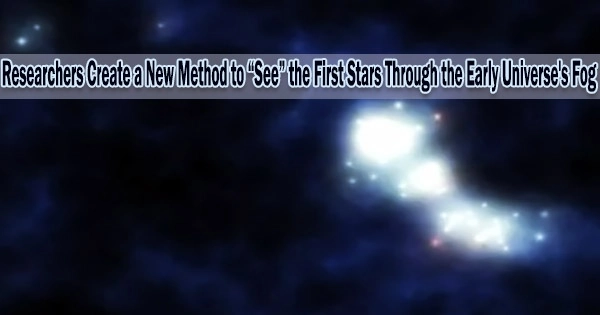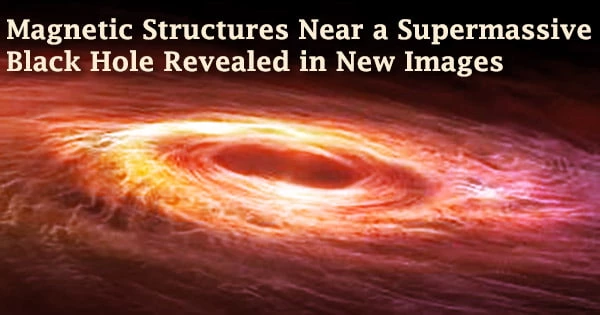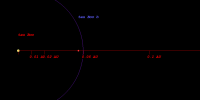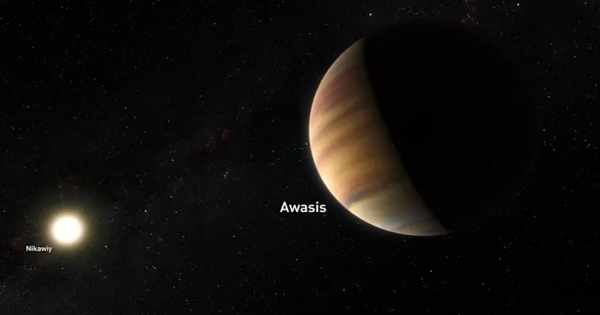Astronomers have developed a new technique called “21-cm tomography” that allows them to “see” the first stars that formed in the early universe. This method entails the use of radio telescopes to find the minute radio signals produced in the early universe by neutral hydrogen atoms.
The team of scientists, lead by the University of Cambridge, has created a technique that will enable them to see and study the first stars through the hydrogen clouds that covered the Universe some 378,000 years after the Big Bang.
Astronomers have long sought to watch the formation of the first stars and galaxies because doing so will help them understand how the Universe changed from the empty space following the Big Bang to the intricate universe of celestial objects we see today, 13.8 billion years later.
The Square Kilometre Array (SKA), a next-generation telescope that should be finished by the end of the decade, will probably be able to capture images of the Universe’s earliest light, but for existing telescopes, the difficulty is in spotting the stars’ cosmological signals through the dense hydrogen clouds.
The signal that astronomers hope to discover is anticipated to be roughly 100,000 times weaker than other radio signals from the sky, such as radio waves from our own galaxy.
The very act of using a radio telescope imparts distortions to the signal that is received, which can entirely mask the desired cosmic signal. In contemporary radio cosmology, this is regarded as an extremely difficult observational challenge. Such instrument-related distortions are frequently held responsible for being the main obstacle in this kind of observation.
The Cambridge-led team has now created a mechanism to look through the primordial clouds and other sky noise signals, eliminating the negative impact of the radio telescope’s distortions. Their methodology, part of the REACH (Radio Experiment for the Analysis of Cosmic Hydrogen) experiment, will allow astronomers to observe the earliest stars through their interaction with the hydrogen clouds, in the same way we would infer a landscape by looking at shadows in the fog.
Their approach will raise the standard and dependability of observations made by radio telescopes during this crucial yet unknown period in the Universe’s evolution. The first observations from REACH are expected later this year.
The results are reported today in the journal Nature Astronomy.
Because of gravity, the elements eventually came together and the conditions were right for nuclear fusion, which is what formed the first stars. But they were surrounded by clouds of so-called neutral hydrogen, which absorb light really well, so it’s hard to detect or observe the light behind the clouds directly.
Dr. Eloy de Lera Acedo
“At the time when the first stars formed, the Universe was mostly empty and composed mostly of hydrogen and helium,” said Dr. Eloy de Lera Acedo from Cambridge’s Cavendish Laboratory, the paper’s lead author.
He added: “Because of gravity, the elements eventually came together and the conditions were right for nuclear fusion, which is what formed the first stars. But they were surrounded by clouds of so-called neutral hydrogen, which absorb light really well, so it’s hard to detect or observe the light behind the clouds directly.”
However, astronomers have been unable to replicate the finding, leading them to suspect that the original finding may have been a result of interference from the telescope being used. In 2018, another research group (running the ‘Experiment to Detect the Global Epoch of Reioniozation Signature’ or EDGES) presented a discovery that suggested a probable detection of this early light.
“The original result would require new physics to explain it, due to the temperature of the hydrogen gas, which should be much cooler than our current understanding of the Universe would allow. Alternatively, an unexplained higher temperature of the background radiation typically assumed to be the well-known Cosmic Microwave Background could be the cause,” said de Lera Acedo.
He added: “If we can confirm that the signal found in that earlier experiment really was from the first stars, the implications would be huge.”
Astronomers investigate the 21-centimetre line, an electromagnetic radiation signature from hydrogen in the early Universe, in order to research this phase of the Universe’s evolution, which is frequently referred to as the Cosmic Dawn. They search for a radio signal that compares the radiation coming from the hydrogen to the radiation coming from behind the hydrogen fog.
The methodology developed by de Lera Acedo and his colleagues uses Bayesian statistics to detect a cosmological signal in the presence of interference from the telescope and general noise from the sky, so that the signals can be separated.
To do this, state-of-the-art techniques and technologies from different fields have been required.
The dependability of the data has improved since earlier observations based on a single antenna thanks to the researchers’ use of simulations to recreate a real observation utilizing many antennas.
“Our method jointly analyses data from multiple antennas and across a wider frequency band than equivalent current instruments. This approach will give us the necessary information for our Bayesian data analysis,” said de Lera Acedo.
He added: “In essence, we forgot about traditional design strategies and instead focused on designing a telescope suited to the way we plan to analyse the data something like an inverse design. This could help us measure things from the Cosmic Dawn and into the epoch of reionisation, when hydrogen in the Universe was reionised.”
At the Karoo radio reserve in South Africa, which was chosen for its exceptional circumstances for radio studies of the sky, the telescope’s construction is now being completed. It is remote from radio frequency interference caused by people, such as television and FM radio waves.
The REACH team of more than 30 researchers is diverse and dispersed across the globe, and it includes specialists in big data, Bayesian statistics, antenna design, radio frequency instrumentation, numerical modeling, digital processing, and both theoretical and observational cosmology. REACH is co-led by the University of Stellenbosch in South Africa.
Professor de Villiers, co-lead of the project at the University of Stellenbosch in South Africa said: “Although the antenna technology used for this instrument is rather simple, the harsh and remote deployment environment, and the strict tolerances required in the manufacturing, make this a very challenging project to work on.”
He added: “We are extremely excited to see how well the system will perform, and have full confidence we’ll make that elusive detection.”
The Big Bang and very early times of the Universe are well understood epochs, thanks to studies of the Cosmic Microwave Background (CMB) radiation. The late and widespread development of stars and other celestial bodies is even well understood. A crucial piece of the history of the universe’s puzzle, however, is the moment when the universe’s first light was produced.
















